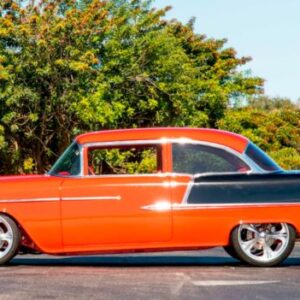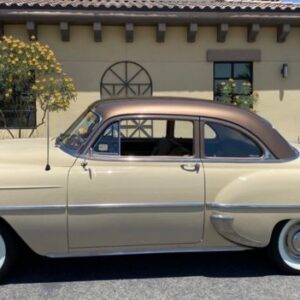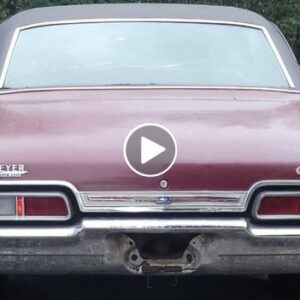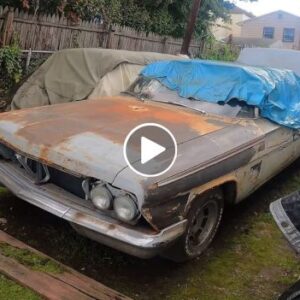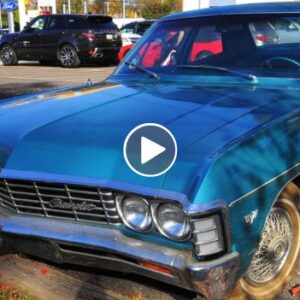Rust is among the worst things that could happen to a car, and when it comes to vehicles that haven’t moved in a long time, it’s also one of the most common consequences of bad storage conditions.
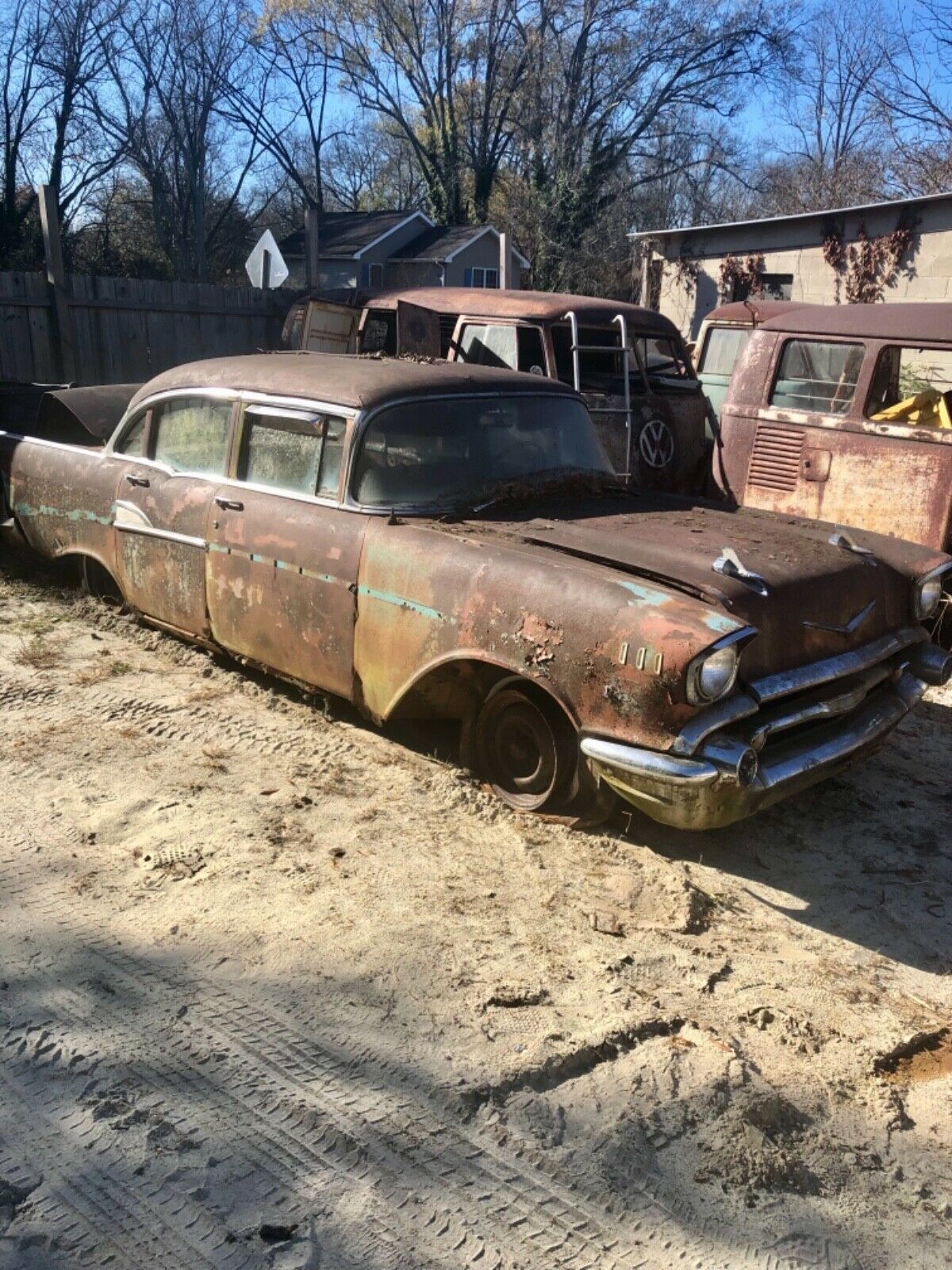
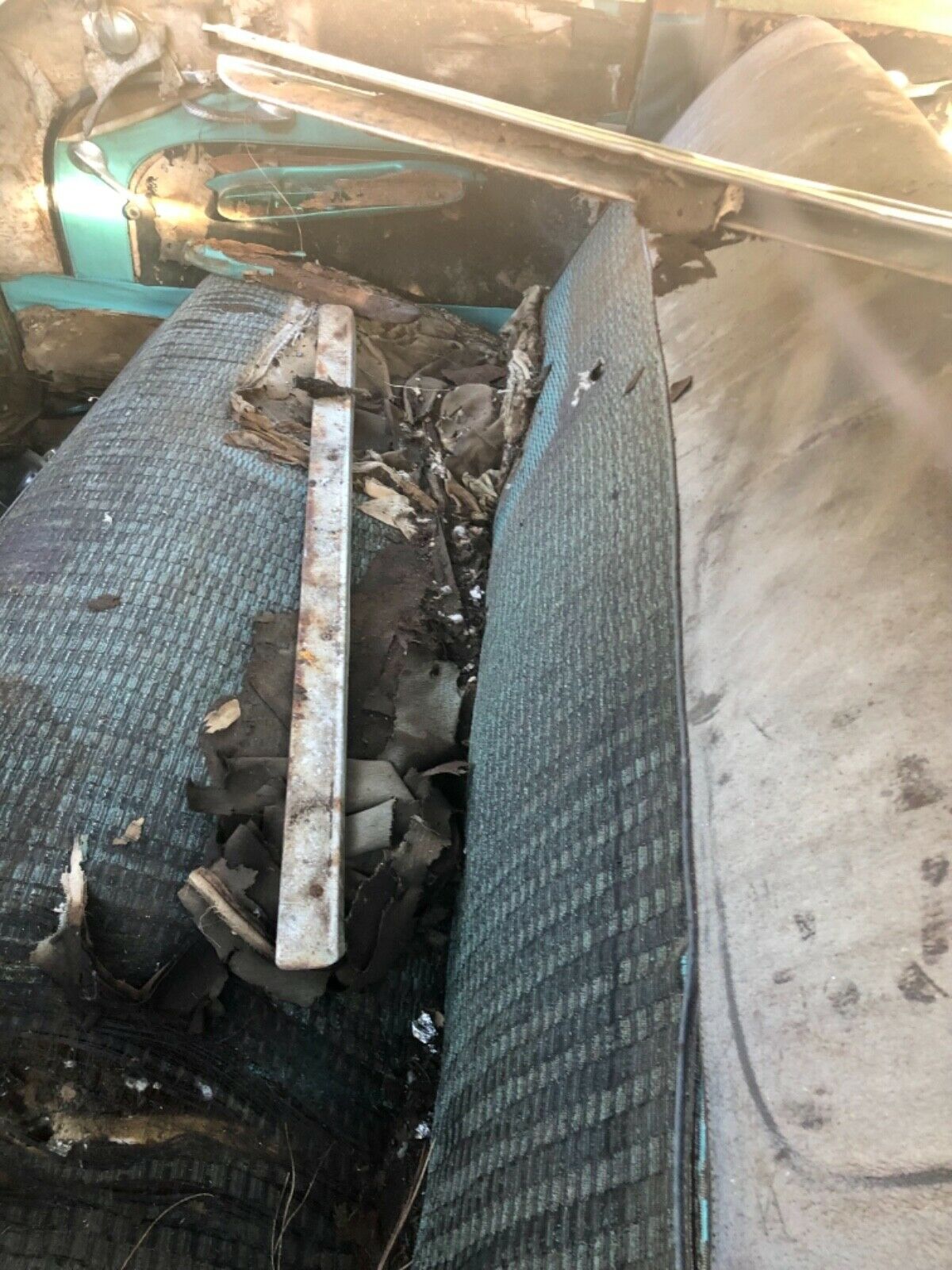

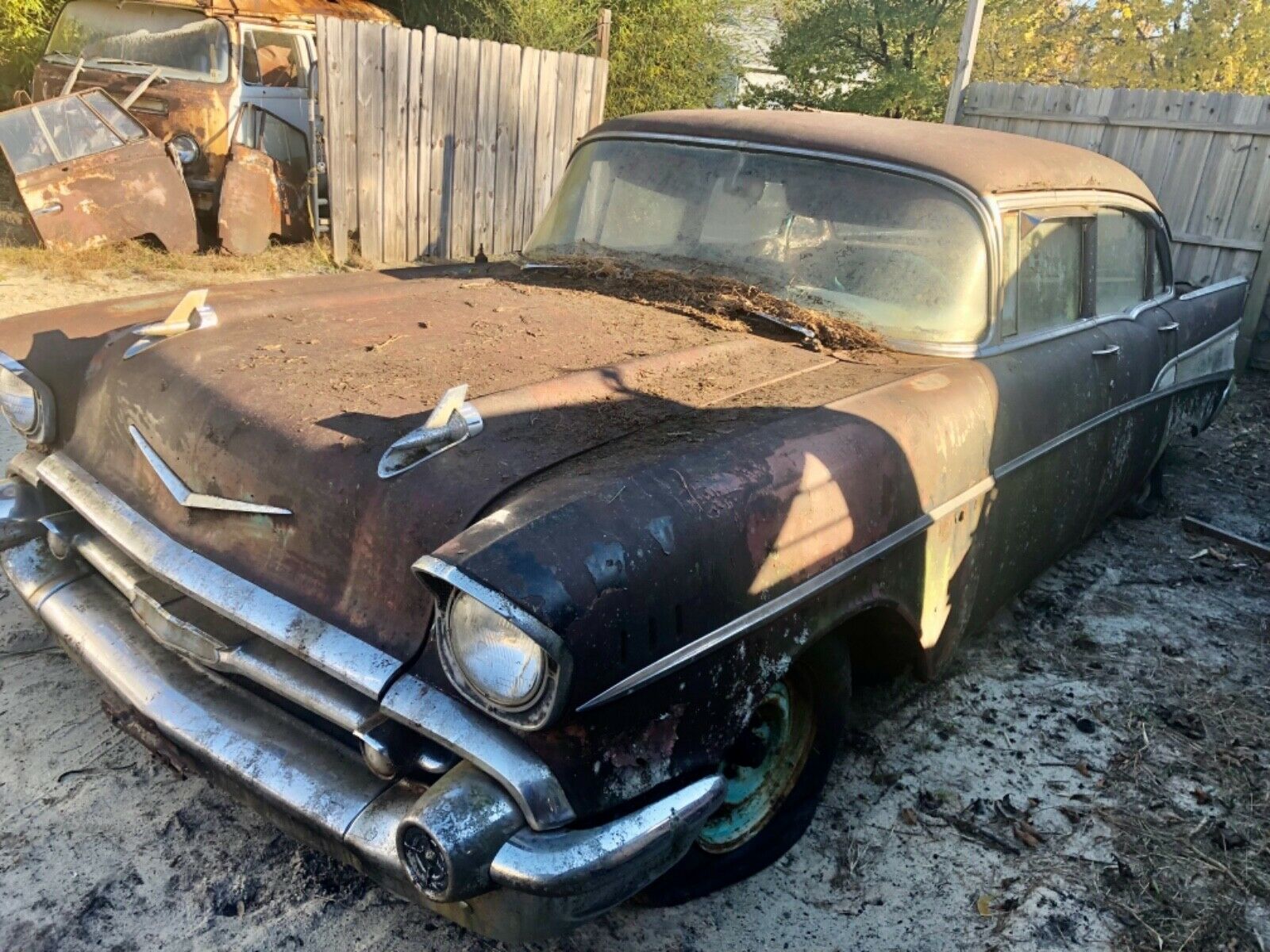
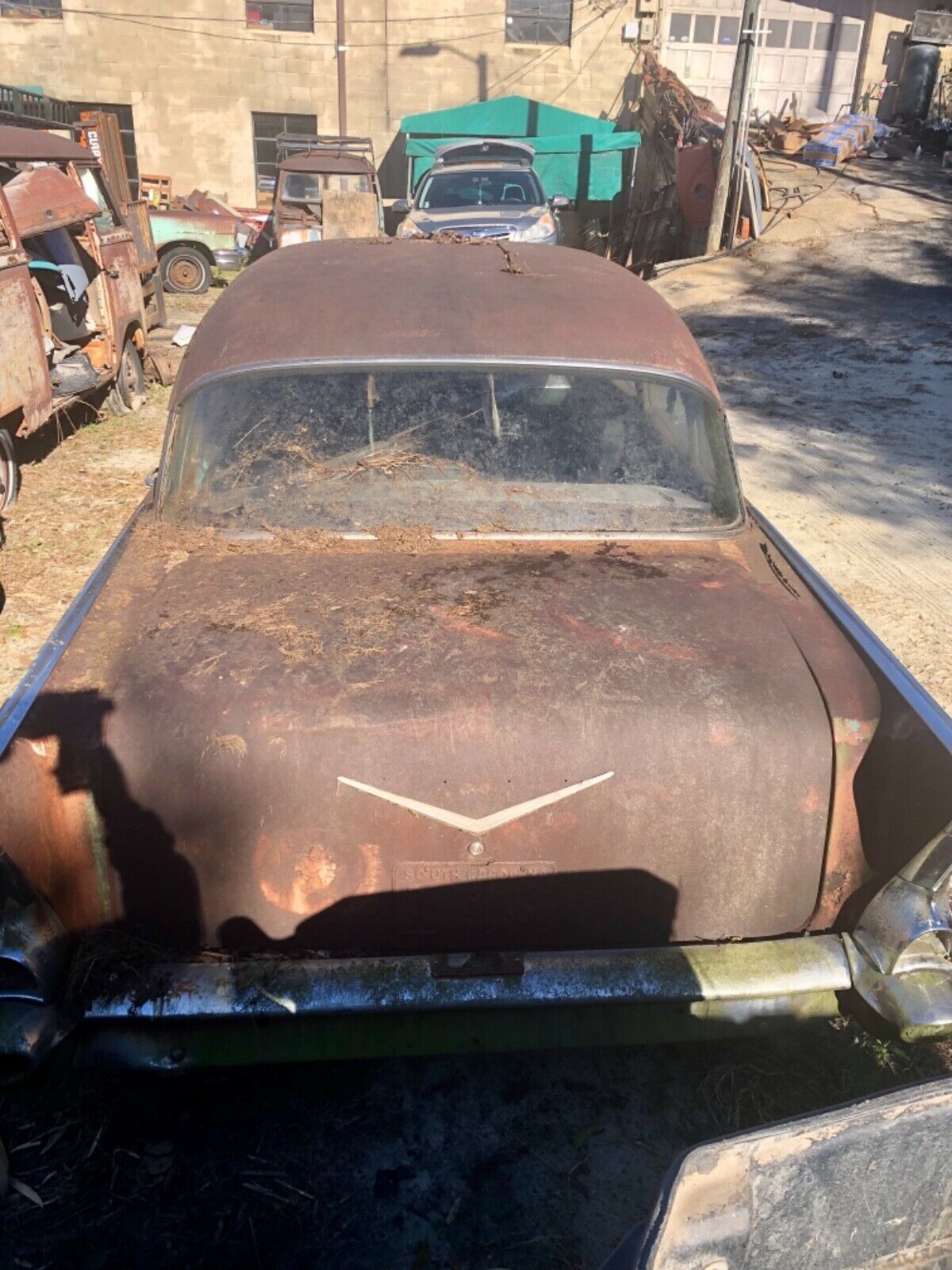
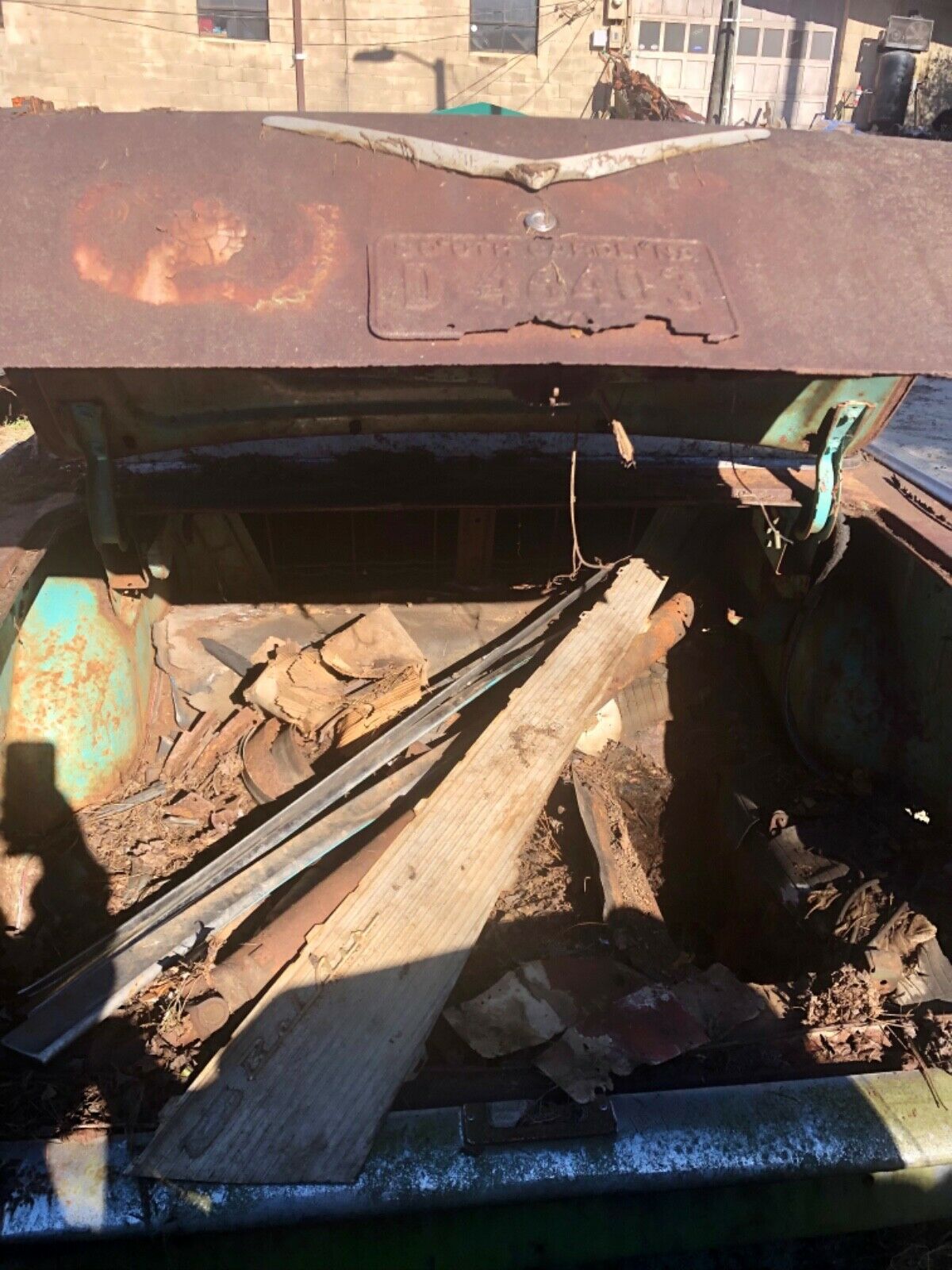
Needless to say, everything is 10 times worse in the case of a car sitting under the clear sky, as it’s typically just a matter of time until it turns into a rust bucket.
This is probably the story of this once-gorgeous 1957 Chevrolet Bel Air, as the car now looks abandoned in someone’s yard in a condition that makes a full restoration a very, very challenging process.
This Bel Air clearly needs a brave heart to give it a second chance, and without a doubt, finding one wouldn’t be easy. If anything, there’s a bigger likelihood of seeing this Bel Air becoming a donor vehicle (obviously if there’s still something good on it) rather than someone fully restoring it to factory specifications.
But it’s not all just bad news, though, especially if you still believe the car should get back on the road.
First and foremost, this Bel Air comes with Georgia paperwork and even a title. Then, the floor pans have already been repaired, so the restoration process has more or less been jumpstarted already.
The correct original seats are still in the car, though everything else looks to be quite rough, in line with the rest of the Bel Air. eBay seller linwine states the obvious and insists the vehicle needs lots of metalwork, and the photos they included in the listing pretty much speak for themselves.
There’s something that potential buyers are going to love. The original engine is still in the car, and while we don’t know if it still shows any signs of life, don’t be too surprised if it doesn’t.
There’s a 283 (4.7-liter) Power Pack on this Bel Air, so you’re strongly recommended to check out the car in person and see if the engine at least turns over by hand.
In terms of V8s, the 1957 Bel Air was offered with the regular 283 with either a 2-barrel or a 4-barrel carburetor. The two engines were rated at 162 and 180 horsepower, respectively. Chevrolet, however, added a more powerful 4-barrel version at a later time, this time with 220 horsepower, while the crème de la crème was a fuel-injected version that produced 283 horsepower.
Given the condition of this Bel Air, the car is quite cheap, so the bidding starts at $1,500. However, it looks like no brave souls are willing to give this rust bucket a second chance for obvious reasons, so at the time of writing, the auction is yet to receive any bids. There’s just one day left until the listing expires.

